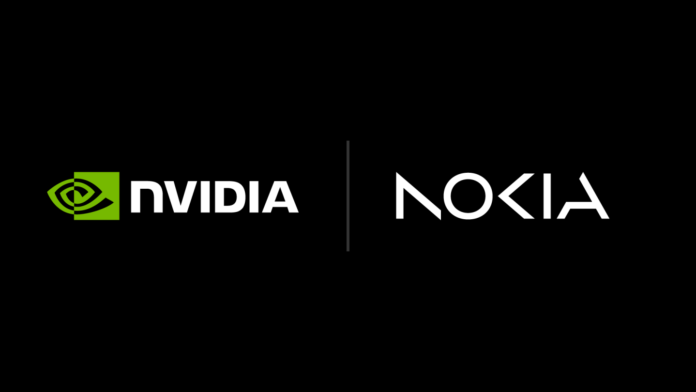Mobile operators are seeing more AI activity on phones and business systems, putting pressure on the network edge and pushing operators to process data closer to towers and antennas. At the same time, they’re managing demands on staff skills, data rules, and ageing equipment.
NVIDIA and Nokia have agreed to a partnership aimed at running AI workloads inside radio access networks. NVIDIA also plans to invest $1 billion into Nokia, pending approval. The companies say this could help operators move from current 5G systems to newer 5G-Advanced and future 6G networks by adding computing closer to network nodes.
The market for AI-enabled radio networks is growing, and analyst firm Omdia estimates it may reach more than $200 billion in value by 2030. Many operators hope to use edge computing to improve performance and introduce new services.
T-Mobile US plans to test this technology on its network from 2026. It wants to measure how well such systems power new features like augmented reality and connected vehicle services. Processing AI on the network may keep quality consistent during busy periods and support more automated functions in industrial and city systems.
Consumer behaviour points in the same direction. Almost half of ChatGPT’s 800 million weekly active users access the service on mobile devices, and more than 40 million people download the app each month. As more AI agents arrive on phones, network response time becomes a shared responsibility between software teams and telecom operators.
NVIDIA wants to position its new Aerial RAN Computer Pro (ARC-Pro) at the centre of this work. It combines computing and radio functions on the same platform and can be upgraded through software instead of full hardware refresh cycles. Nokia plans to add ARC-Pro to its radio products, while Dell Technologies will support deployments with its PowerEdge servers. This links to a broader trend in cloud providers, telecom networks, and data centre vendors, where each group is trying to support AI traffic both in the cloud and at the edge.
There are clear obstacles in older equipment still needing to work alongside new infrastructure. Teams trained to manage radios will now also manage AI workloads. Data oversight will matter because local processing may involve private or regulated information. Operators will need to train their staff to handle these tasks.
Nokia says its anyRAN software system may help reduce the cost and complexity of this shift by letting operators mix cloud-based and purpose-built systems. The modular design means older cards can stay in place while new ones are added over time.
The companies also plan to work together on data centre switching, telemetry, and optical components. Telecom operators are moving toward a model that looks similar to edge cloud computing, which means their systems must connect with cloud platforms like AWS, Azure, and Google’s AI services.
For enterprise buyers, more advanced edge networks may support faster analytics in logistics, more reliable video for remote work, and privacy-friendly processing for regulated industries. They could also support new services for connected vehicles and industrial automation. The opportunities will depend on careful planning, vendor choice, and strong oversight.
People remain at the centre of the shift. Operators need to train staff on software-based systems, procurement teams need to review how they choose vendors, and finance leaders must weigh new revenue ideas against energy demand and capital cost.
What leaders should think about
- Review where edge computing could help with slow response times or heavy traffic.
- Check data rules and controls for AI workloads that run outside the main data centre.
- Look for systems that grow through software rather than large hardware upgrades.
- Build training plans for staff that combine radio engineering and AI operations.
- Consider commercial plans for business clients that need fast processing at the network edge.
Research on 6G is increasing, and early work points to tighter links between radio and computing. Operators that start preparing now may find new ways to make money at the network edge as AI use continues to rise. Those that wait may remain stuck selling basic connectivity while the market moves around them.
(Image by Nvidia)
See also: How AI-native 6G networks will boost enterprise operations

Want to discover how IoT is transforming telecoms and connectivity? Join the IoT Tech Expo in Amsterdam, California, and London. Explore how innovations in 5G, edge computing, and IoT are shaping the future of networks and services. The event is part of TechEx and co-located with other leading technology conferences, click here for more information.
Telecoms News is powered by TechForge Media. Explore other upcoming enterprise technology events and webinars here.
👇Follow more 👇
👉 bdphone.com
👉 ultractivation.com
👉 trainingreferral.com
👉 shaplafood.com
👉 bangladeshi.help
👉 www.forexdhaka.com
👉 uncommunication.com
👉 ultra-sim.com
👉 forexdhaka.com
👉 ultrafxfund.com
👉 bdphoneonline.com
👉 dailyadvice.us
